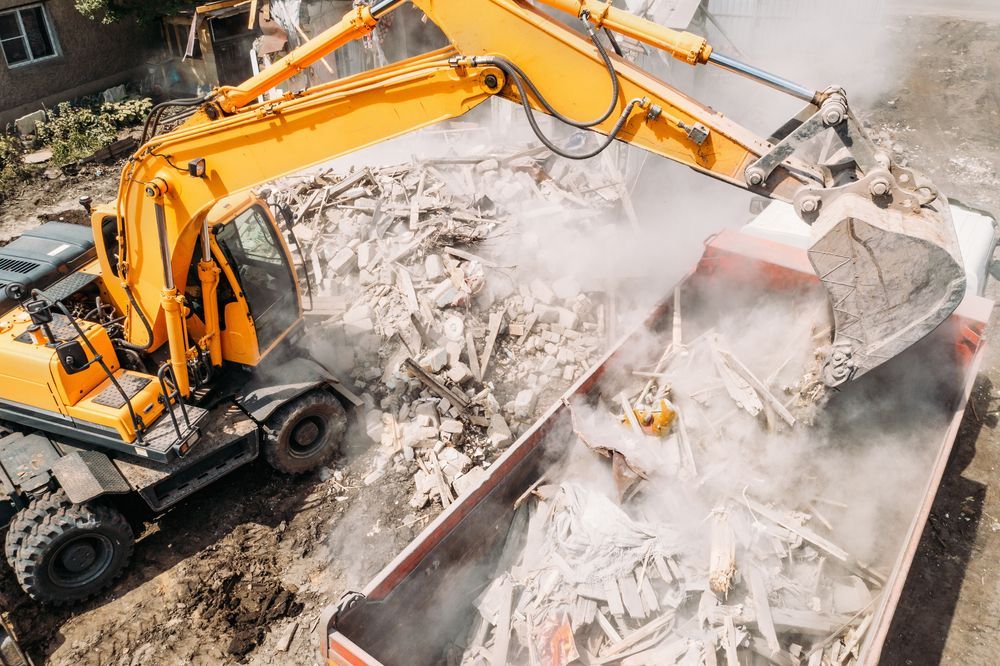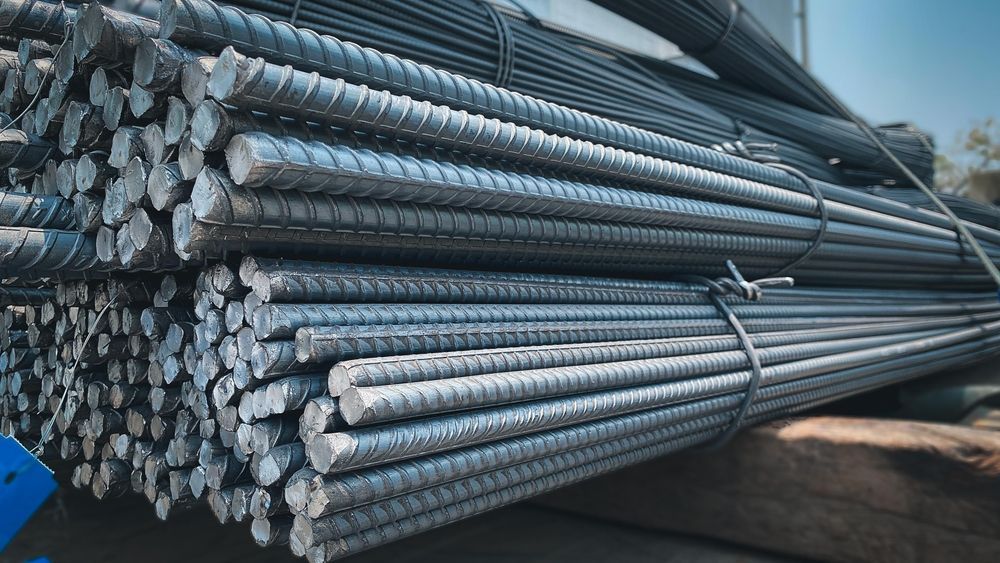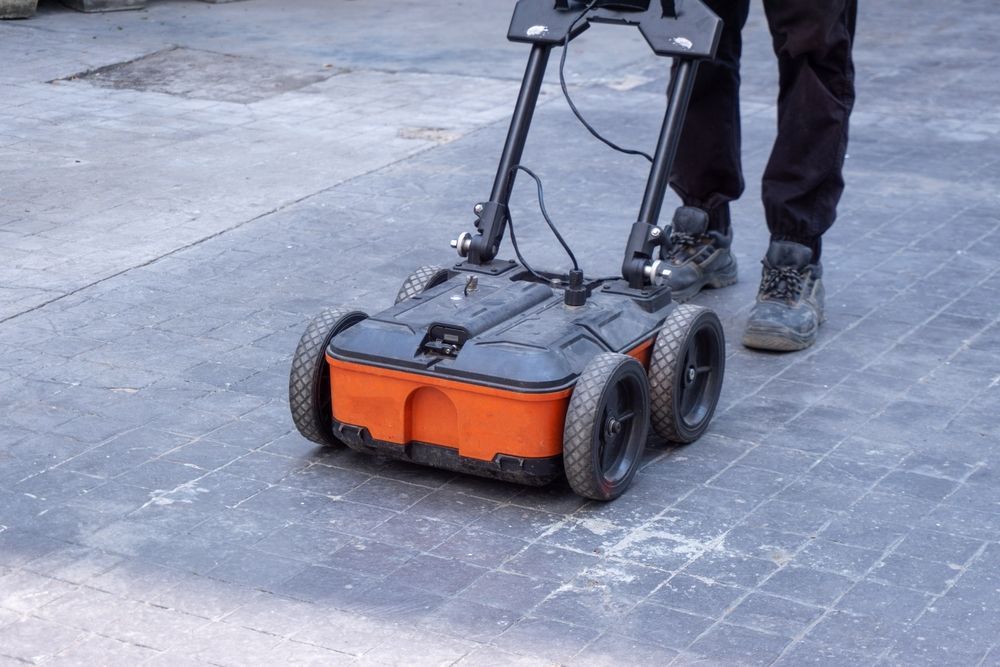Written by: Cobra Concrete Southeast
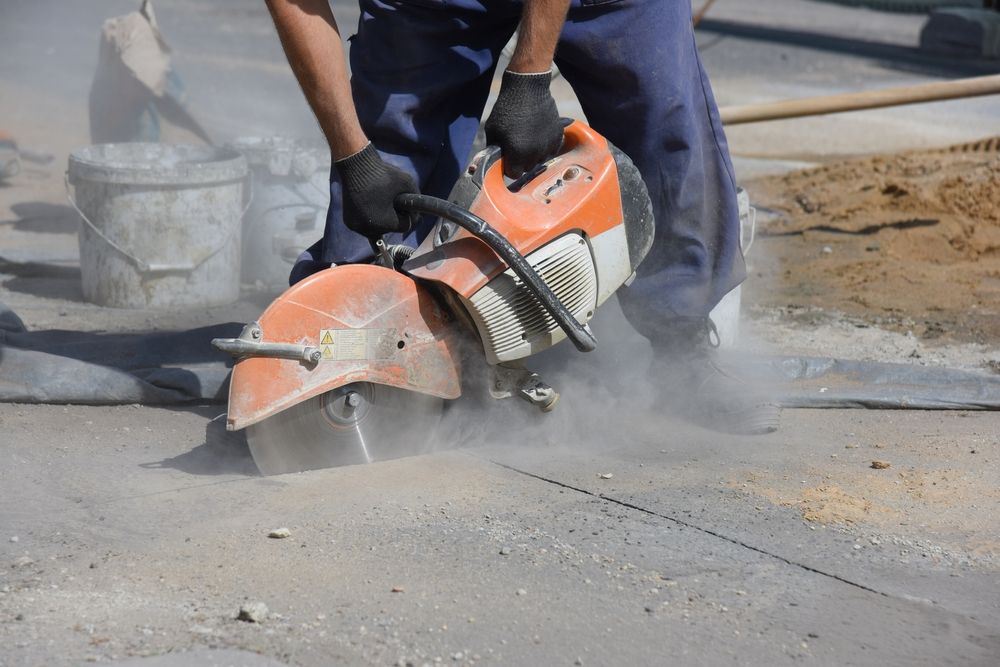
Cutting concrete is no small task. Whether you're creating openings for utilities, removing damaged sections of a slab, or achieving a polished surface, concrete cutting requires precision, expertise, and the right tools. For most contractors and building owners, hiring professionals is the safest, most efficient way to tackle concrete cutting projects.
Why Cut Concrete?
Concrete cutting is an essential part of many construction and renovation projects. Here are some common reasons why concrete needs to be cut:
- Utility Installations: Openings are required for electrical conduits, plumbing pipes, HVAC systems, and sprinkler systems.
- Repair and Replacement: Damaged slabs or walls often need to be cut out and removed for repair or replacement.
- Resizing or Modifications: Concrete may need to be resized for renovations or to meet new building specifications.
- Aesthetic Finishes: Grinding and polishing create smooth, visually appealing surfaces for industrial and commercial spaces.
Accurate cutting helps to promote safety, structural integrity, and project efficiency. That’s why hiring a professional team like Cobra Southeast is critical for successful outcomes.
Types of Concrete Cutting
There’s no one-size-fits-all method for cutting concrete. Depending on the project’s goals and the material’s condition, professionals use a variety of cutting techniques to achieve precise results.
Core Drilling
Core drilling involves using a diamond-tipped drill to create perfectly cylindrical holes in concrete. It’s ideal for:
- Installing pipes, conduits, and HVAC systems.
- Extracting samples for structural testing.
- Installing anchors and bolts.
Core drilling is highly precise and minimizes damage to the surrounding material.
Slab Sawing
Slab sawing (also known as flat sawing) is used for cutting horizontal surfaces like floors, pavement, and bridge decks. This technique is commonly applied to:
- Remove damaged sections of concrete.
- Create control joints to prevent cracking.
- Prepare slabs for trenching or utility installations.
Professionals typically use electric, gas-powered, or diesel-powered saws with diamond blades to handle slab sawing projects efficiently.
Wall Sawing
Wall sawing is designed for cutting vertical surfaces, such as walls, ceilings, and steeply angled surfaces. It’s commonly used to create:
- Openings for doors, windows, and vents.
- Precision cuts for structural modifications.
- Cuts in heavily reinforced concrete.
Wall saws are mounted on tracks to ensure straight, accurate cuts.
Wire Sawing
Wire sawing is a specialized technique for cutting through thick, reinforced concrete or irregular shapes. It involves a diamond-embedded wire that is looped around the material and guided through the cut.
Wire sawing is ideal for:
- Demolishing large structures.
- Cutting through heavily reinforced concrete.
- Creating complex or curved cuts.
This method is often used in industrial or large-scale demolition projects.
Handheld Sawing
Handheld saws are versatile tools that allow for precision cuts in tight or hard-to-reach spaces. They are commonly used for:
- Small-scale modifications.
- Cutting walls, pipes, and beams.
- Projects in confined areas.
Powered by electric, gas, or hydraulic systems, handheld saws offer flexibility for quick and precise cutting.
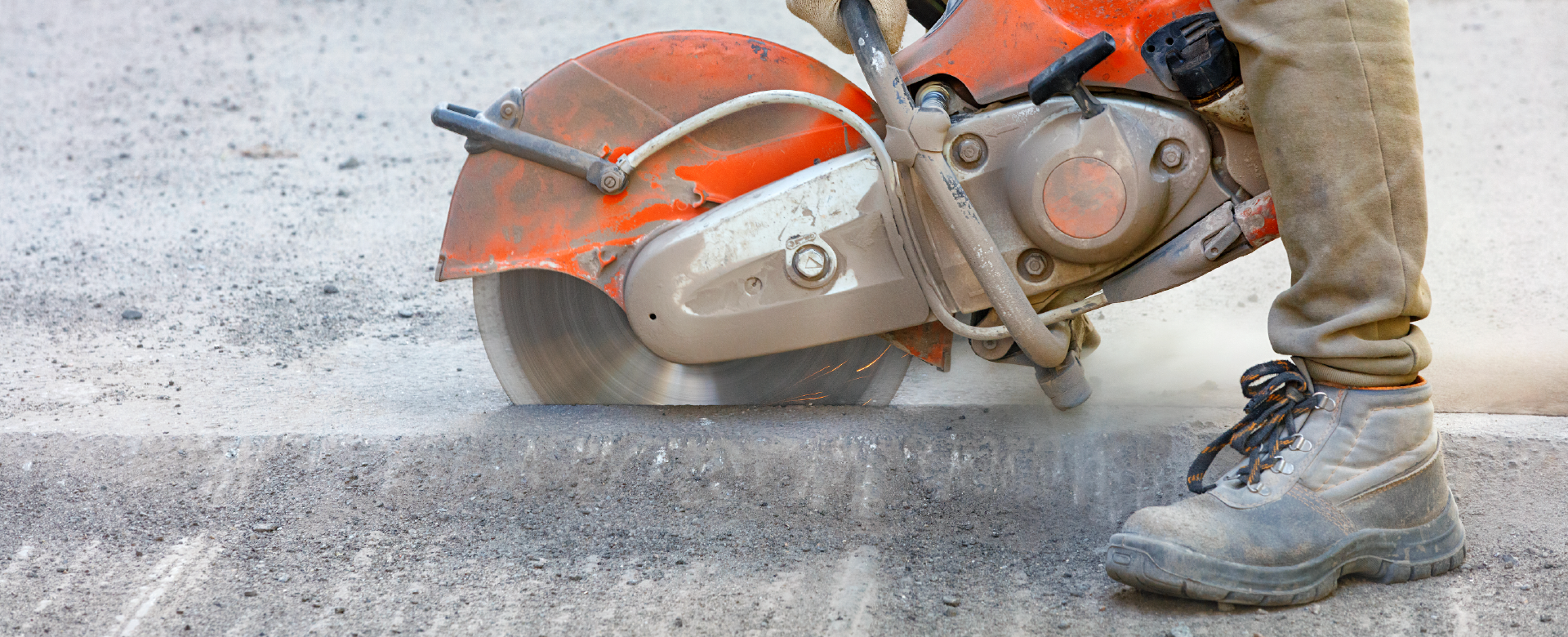
Grinding & Polishing
While not technically "cutting," grinding and polishing are essential for achieving smooth, level surfaces and aesthetic finishes. These techniques are often used to:
- Level uneven concrete.
- Prepare surfaces for coatings or sealants.
- Create polished floors for industrial, commercial, or residential spaces.
Grinding and polishing require specialized equipment, such as planetary grinders and polishing pads, to achieve a flawless finish.
Common Tools & Equipment for Cutting Concrete
Professional concrete cutting relies on advanced tools and equipment to deliver accurate, clean cuts while maintaining safety. Here’s a look at the most common tools used by experts:
Electric Equipment
Electric saws and drills are widely used for interior projects because they produce minimal emissions and noise. They are ideal for:
- Core drilling.
- Wall and slab sawing in enclosed spaces.
- Projects requiring precision and speed.
Demolition Robots
Demolition robots, such as Cobra Southeast’s robotic demolition equipment, take concrete cutting to the next level. These remotely operated machines are equipped with cutting and drilling tools that:
- Access hard-to-reach areas.
- Perform high-precision cuts.
- Enhance safety by removing operators from dangerous environments.
Handheld Tools
Handheld saws and drills offer flexibility and portability for smaller, confined projects. These tools are often used in tandem with larger equipment for final touches and detail work.
Professionals also use specialized equipment, like water tanks to control dust and diamond-tipped blades for cutting through reinforced materials.
DIY or Hire a Professional?
While it might be tempting to tackle concrete cutting as a DIY project, there are several reasons why hiring professionals is the better choice:
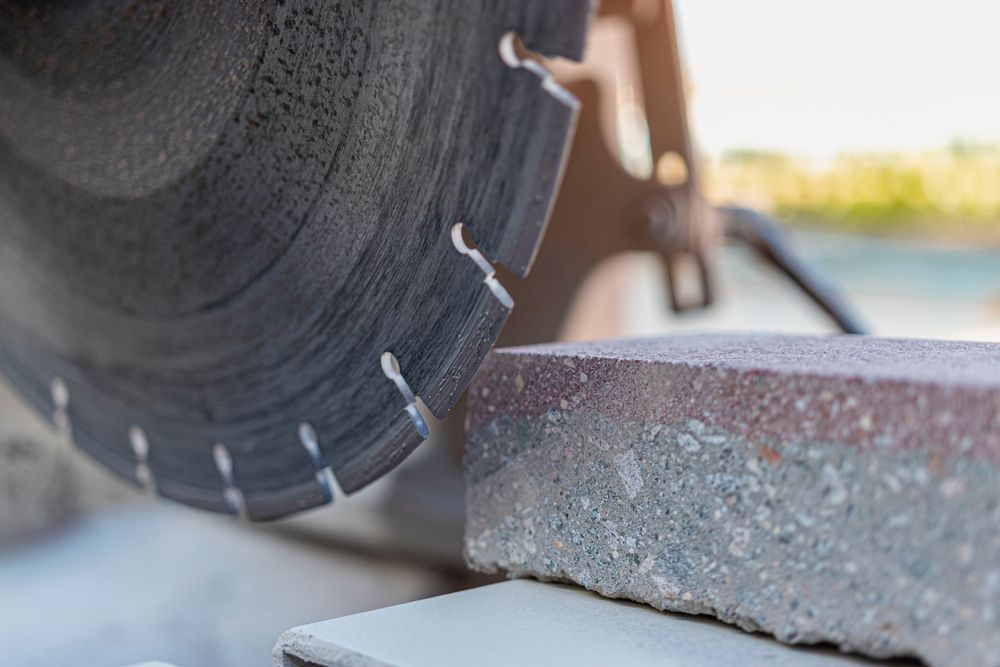
Challenges of DIY Concrete Cutting
- Safety Risks: Concrete cutting can generate dust, flying debris, and noise, all of which pose safety risks without proper equipment and training.
- Lack of Precision: Without the right tools and expertise, DIY cuts may lead to structural damage, cracks, or misaligned openings.
- Cost of Equipment: Renting or purchasing professional-grade equipment can be expensive, especially for one-time use.
- Time-Consuming: Learning how to operate equipment and complete the task accurately takes time, delaying your project.
Advantages of Hiring Professionals
- Expertise: Professionals have the knowledge to handle complex cuts and challenging materials, ensuring accurate results.
- Efficiency: With advanced tools and experienced operators, professionals can complete projects quickly and with minimal disruption.
- Safety: Professionals follow strict safety protocols to protect workers, the job site, and the structure.
- Cost-Effective: While hiring experts may seem costly upfront, it saves money in the long run by avoiding mistakes and damage.
At Cobra Southeast, our team of skilled operators is equipped to handle all types of concrete cutting projects, ensuring your project is completed safely, efficiently, and on time.
Reach Out to Cobra About Your Next Project!
Concrete cutting is a precise, challenging process that requires the right combination of tools, techniques, and expertise. At Cobra Southeast, we’ve been revolutionizing concrete cutting and drilling services for over 50 years. Whether you need core drilling, slab sawing, wall sawing, or wire sawing, our team has the experience and equipment to deliver exceptional results.
Don’t risk costly mistakes or safety hazards by attempting to cut concrete yourself.
Contact Cobra Southeast today to learn more about our services or to schedule a consultation for your next project. Let us show you why we’re the most trusted name in concrete cutting.
Southeast
119 Gateway Dr. #110
Canton, GA 30115
(770) 599-2098
Website imagined and executed by RivalMind.
